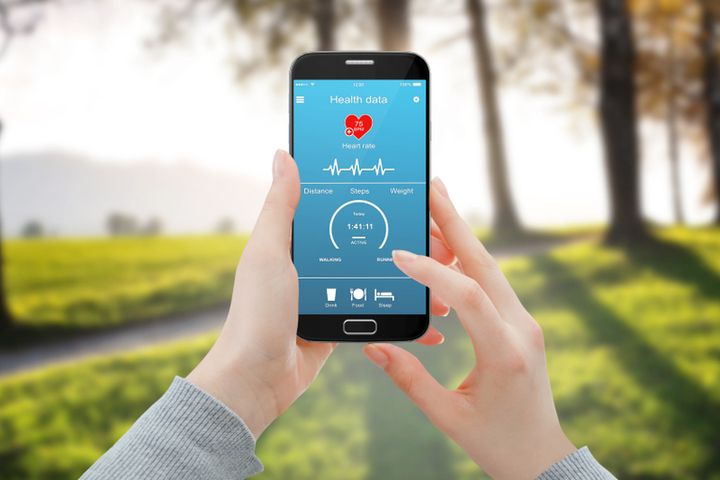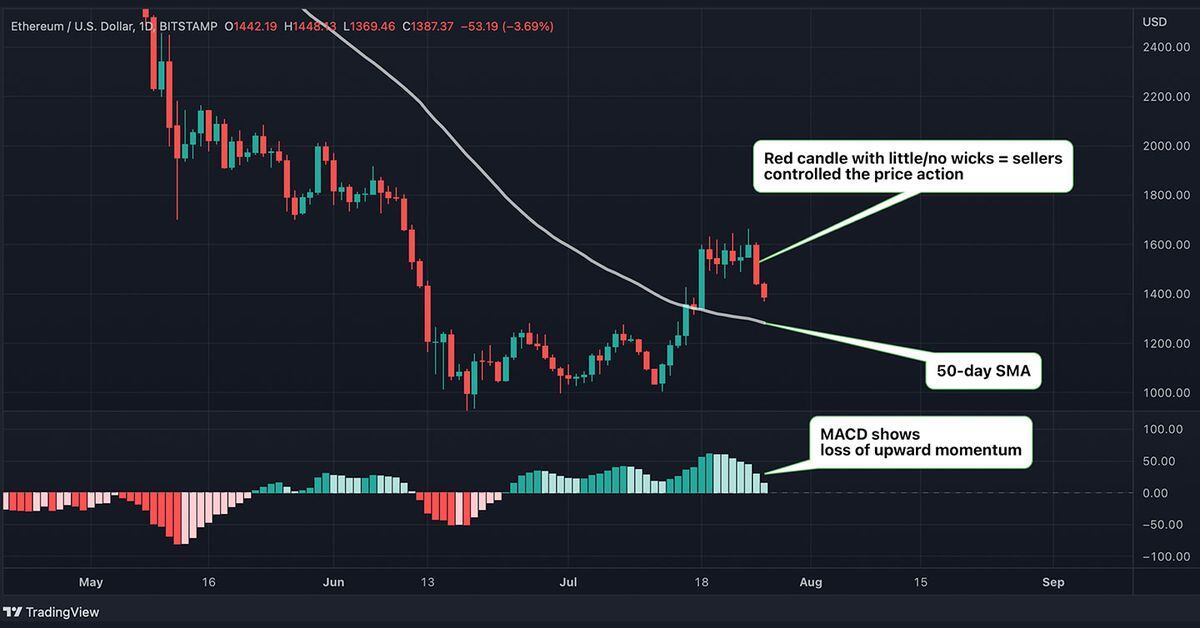🏃🏾♂️ Blockchain in Fitness
Blockchain in the wellness industry for credibility and user control of data.

Today's Highlights
- Increasing credibility and data security in fitness through blockchain
- Today's Infographic
- In Other News - a few interesting developments we're tracking.
Increasing credibility and data security in fitness through blockchain
Fitness and going to the gym have exploded in popularity in the last 10 years. Blockchain technology has also rapidly increased in popularity and capability in the last decade as the concept of Web3 became popular. While Blockchain is prominently used for establishing a transparent and secure network, it has gotten sophisticated enough to apply it to the fitness & wellness industry.
A positive application of blockchain in wellness is credibility. For example, many people pay hundreds of dollars yearly to go to a gym that is, quite frankly, sub par and has many health/safety violations. More commonly, many dish out a large sum of money to a personal trainer that is not even certified. Web2 technology doesn’t allow for gym goers to be completely confident when subscribing to a gym or trainer. Blockchain technology can make sure all certifications are verified through POAPs (NFT badges that proves a certification).

The main benefit of blockchain in wellness, however, is combating privacy concerns. Let’s take a watch that tracks your fitness, for example: it tracks very detailed information on where the person has been, what time they started their workout, where they took their rests, and etc.. All of this data is centralized and owned by the company that made the watch. The user gets no control over their data.
While the data the company collects is useful for future research, it is important that the data is in the hands of the user which is where blockchain comes in. Decentralization allows for the user to have complete control over their personal data, and they can choose what data they want to send to the company.
Some companies have already applying blockchain to fitness and wellness such as Clinicoin. Clinicoin allows users to mine CLIN tokens by exercising. Users can then exchange the CLIN tokens they earn in a decentralized marketplace for digital goods and services.
Another company using blockchain in this industry is Bowhead Health, which emphasizes the ability to easily manage their data (which is secure and anonymous) while earning tokens for completing fitness milestones. They can then choose to send data to health practitioners and lease data to researchers in exchange for tokens.
Blockchain and the fitness/wellness industry is a match that just makes sense due to the increase in credibility and data security it offers. More prominent fitness software companies are bound to transition to blockchain as long as they figure how to not sacrifice any of the features users have been enjoying.
🧐 Today's Infographic

In Other News





